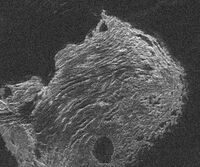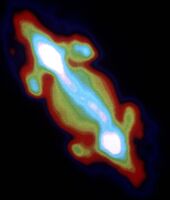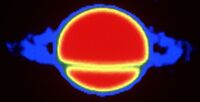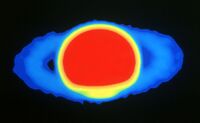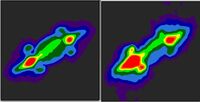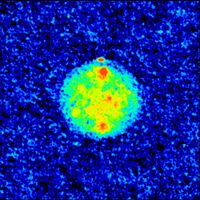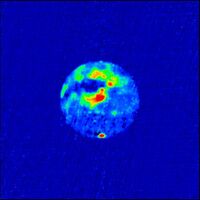Legacy Astronomical Images > Solar System Series > Planets Unit
Collection Items
Collection Tree
- Legacy Astronomical Images
- Legacy Astronomical Images > Solar System Series
- Legacy Astronomical Images > Solar System Series > Planets Unit
- Legacy Astronomical Images > Solar System Series


